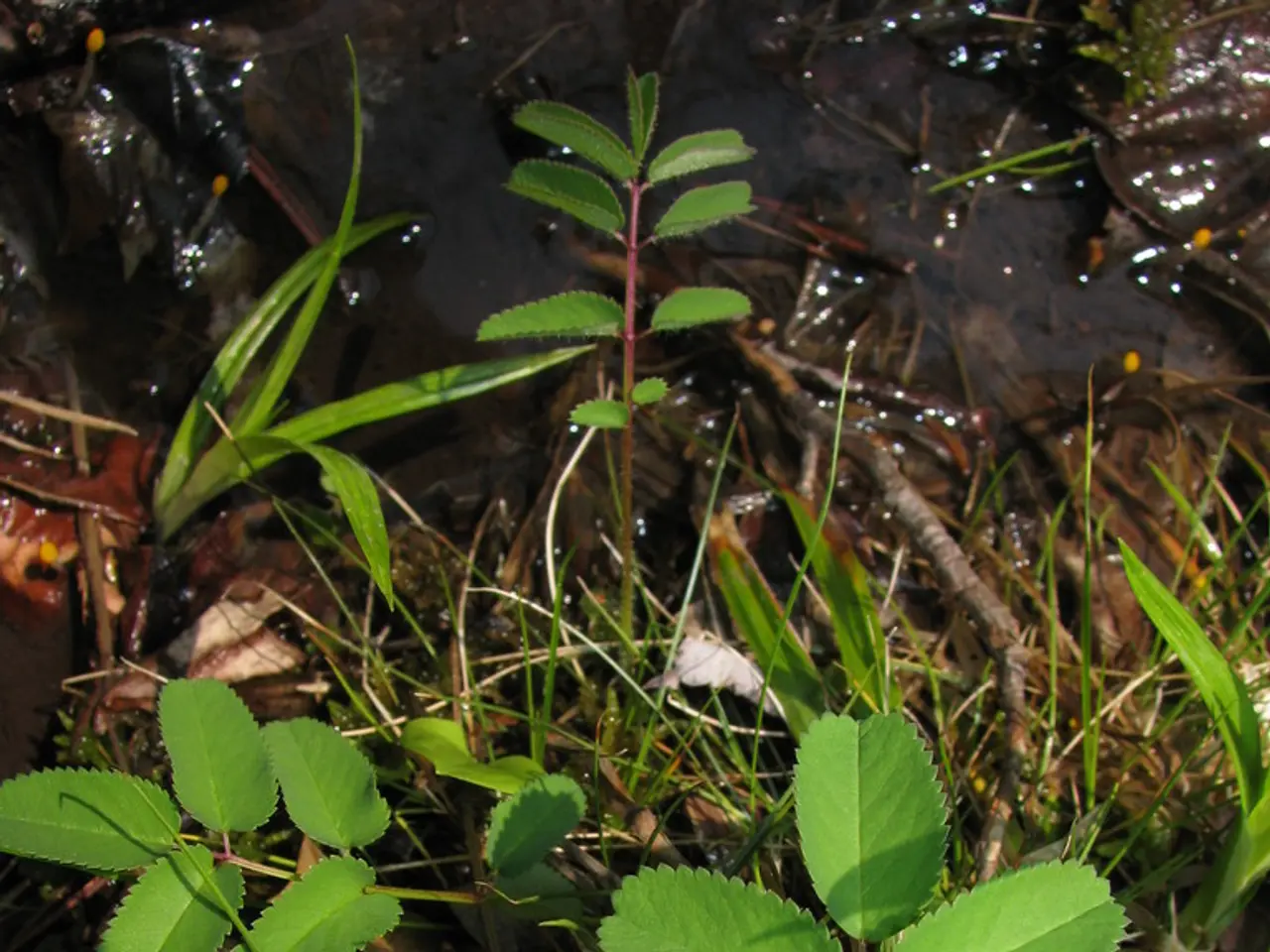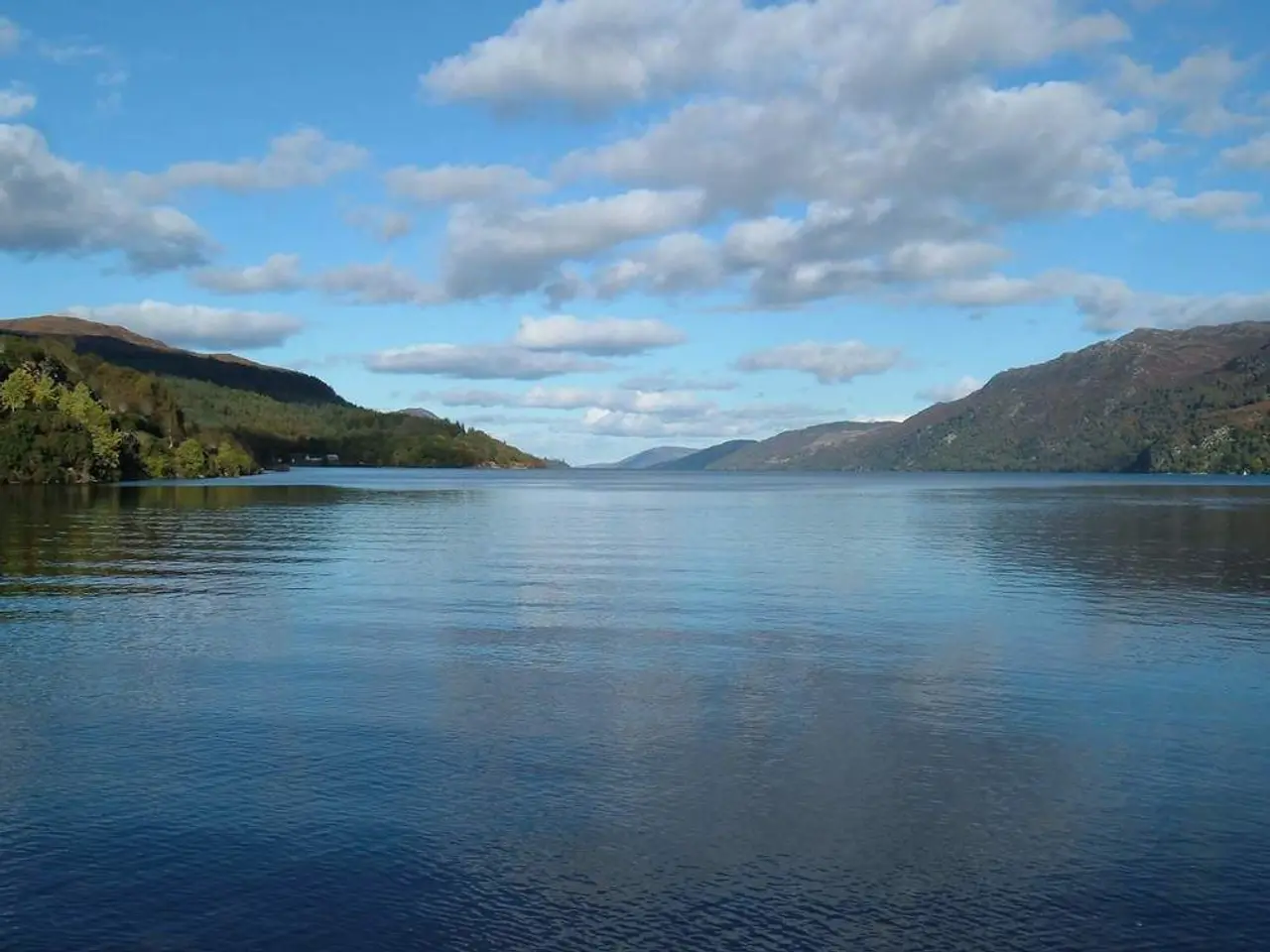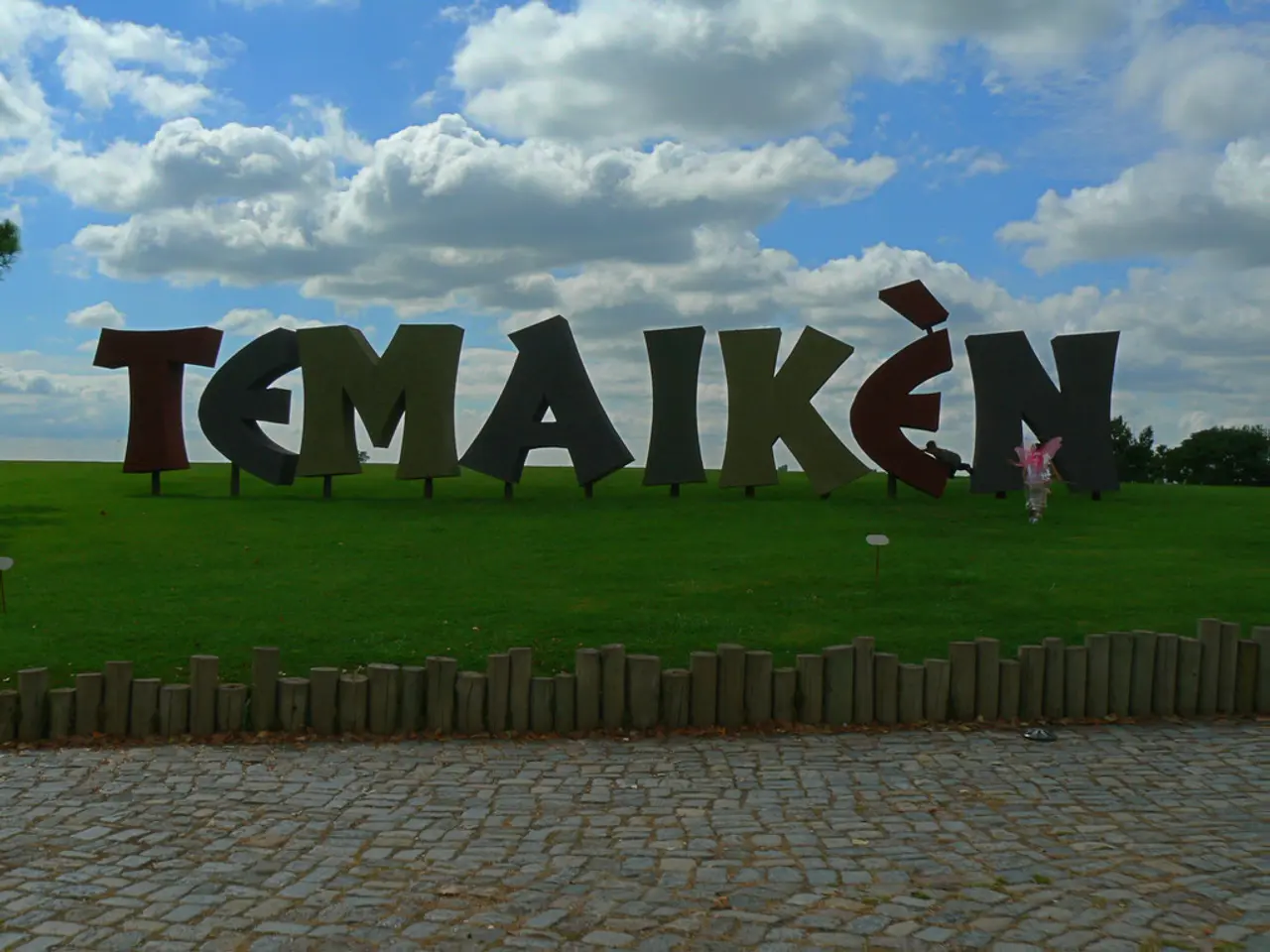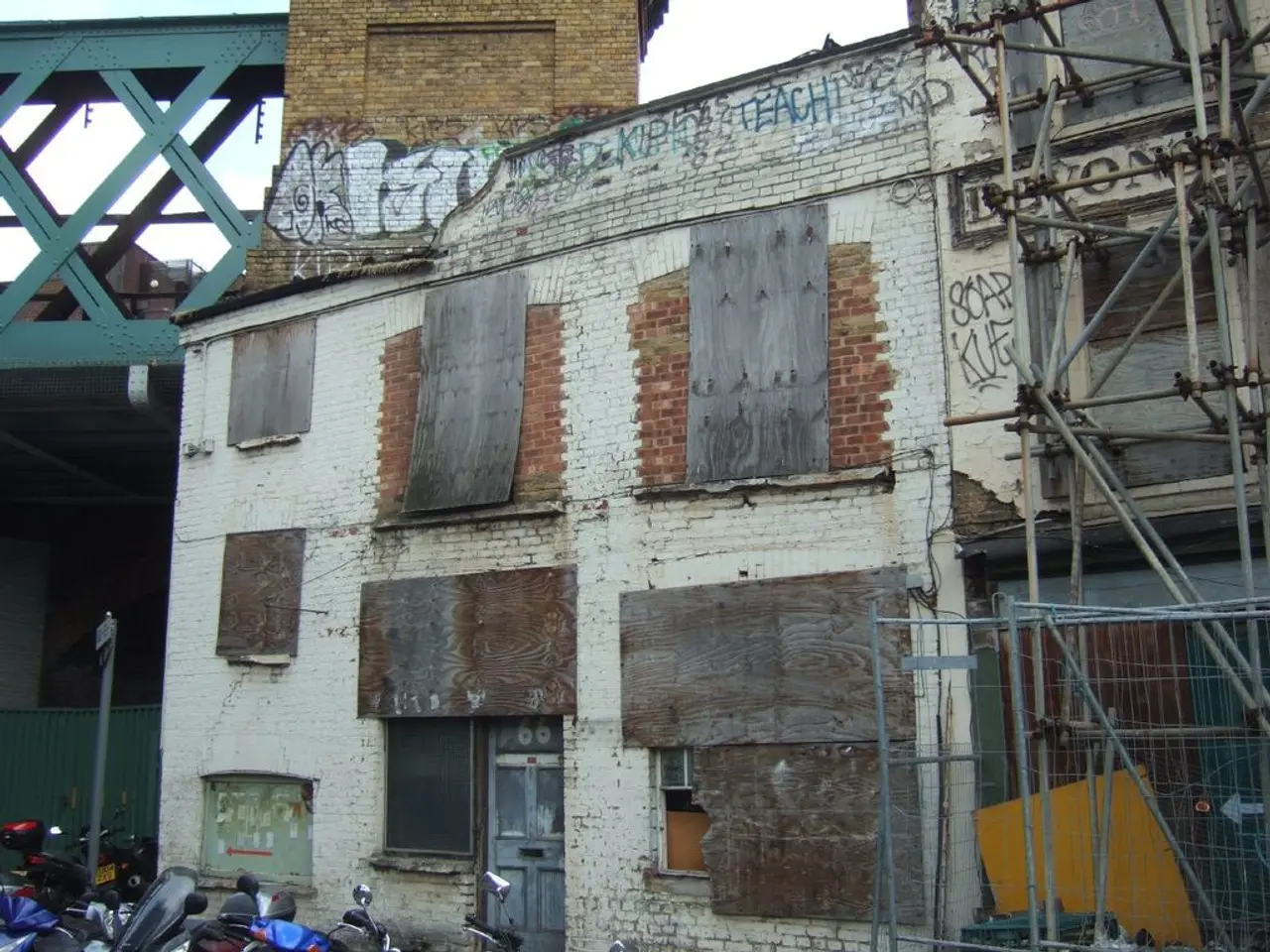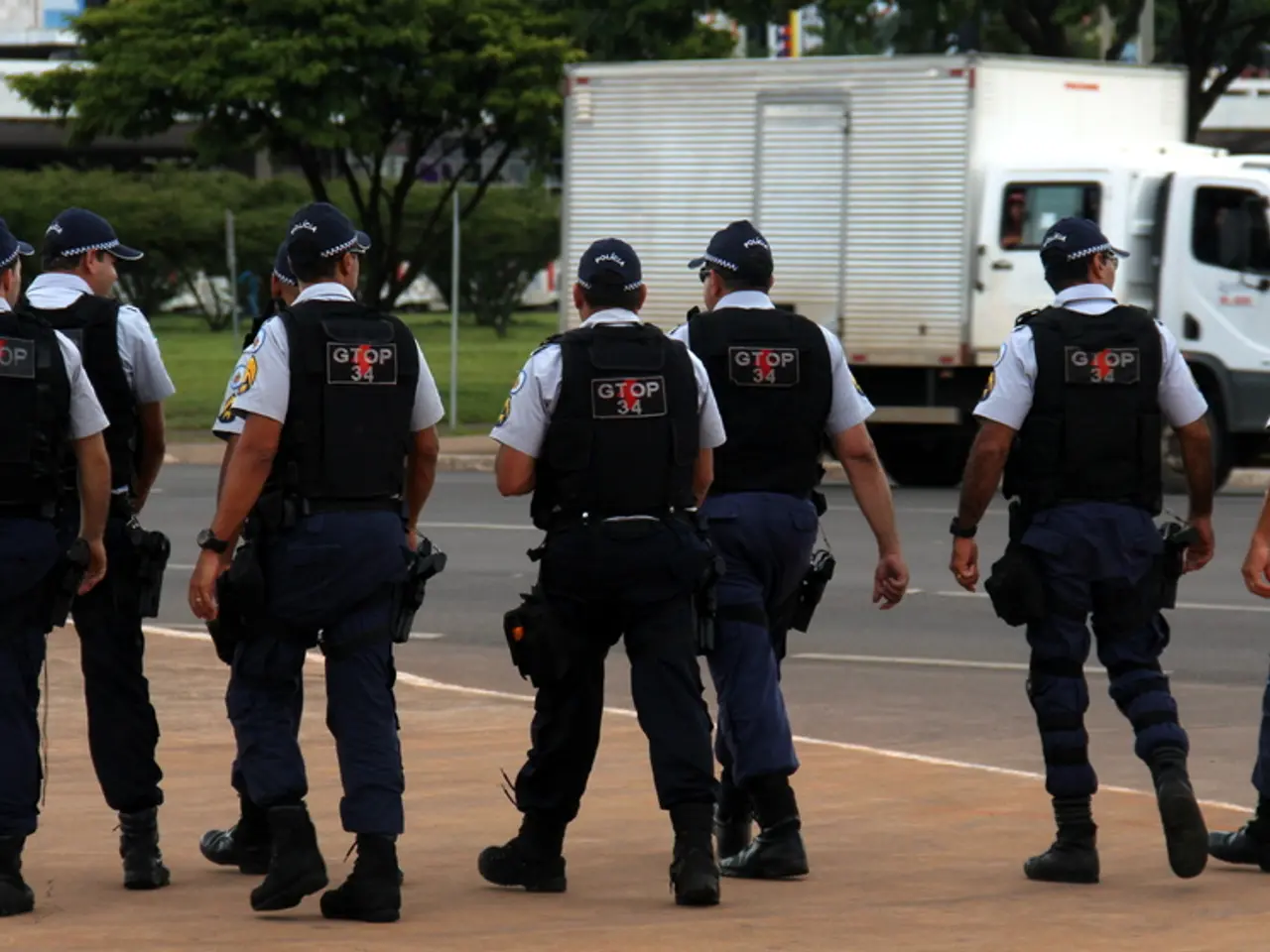Increased fire risk classes reported in certain Kamchatka regions
In Kamchatka Krai, Russia, several settlements are currently under a high fire danger class, prompting strict fire safety measures and precautions. The affected areas include Mil'kovo, Dolinovka (Mil'kovsky District), Klyuchi, Kozirevsk (Ust'-Kamchatsky District), Sosnovka (Elizovsky District), and Tigil (Tigilsky District).
The Russian Emergency Situations Ministry (EMERCOM) has strongly urged residents to strictly adhere to fire safety rules. Violations of these regulations are punishable by law. It is essential to educate children about the dangers of playing with matches and lighters, and to never leave open fire sources unattended.
In case of an emergency, residents and visitors are advised to call the fire department at 01 (from landlines), 101, or 112 (from mobile phones). Do not burn trash in the forest, and never throw lit cigarettes or other flammable objects.
The majority of the fires recorded in Kamchatka have been in Petropavlovsk-Kamchatsky, Vilyuchinsk, and the Elizovsky District. Since the beginning of the fire season, 135 cases of dry vegetation fires have been registered, with a total burned area of approximately 75 hectares.
To prevent fires, it is important not to light fires near dry grass, trees, or shrubs. Strict prohibitions have been introduced on the territory of forest lands and adjacent areas, including the prohibition of lighting campfires, burning trash, and dry vegetation, and conducting any fire-prone activities.
Due to the high fire danger class, fires can be sparked by various factors such as vehicles driving through dry grass, sparks, glass shards lying in the grass, and human carelessness in the forest. As a precaution, proactive power management may be employed, with electrical lines being preemptively shut off to diminish fire ignition sources, though no direct confirmation is available.
Residents and visitors are also advised to prepare evacuation plans and remain ready to leave if fire danger escalates. Emergency services are monitoring not only seismic but also potential secondary risks like fires, with evacuations already practiced for tsunami safety.
While specific wildfire air quality advisories for Kamchatka are not stated, protocols from comparable areas recommend staying indoors, using air filtration, and wearing respiratory protection during poor air quality caused by smoke. Continuing education and community preparedness, such as CERT (Community Emergency Response Team) classes, are ongoing in similar contexts, promoting community readiness and appropriate safety responses.
While the earthquake and tsunami in July 2025 dominated recent emergency actions in Kamchatka, there is no explicit update on new or exceptional fire safety regulations issued due to increased fire danger classes in the region as per current data. It is advisable to watch official Kamchatka or Russian emergency management sources for the latest fire safety rules and precautions in response to any fire danger escalation.
[1] Preparedness and Evacuation Readiness: https://www.ready.gov/wildfires [2] Monitoring Local Conditions: https://www.emsd.gov/-/media/Files/Preparedness/tsunami/tsunami_brochure_english.ashx [3] Air Quality Considerations: https://www.cdc.gov/disasters/wildfires/smoke.html [4] Proactive Power Management: https://www.californiafire.gov/resources/wildfire-safety/power-shutoffs/ [5] Continuing Education and Community Preparedness: https://www.fema.gov/community-emergency-response-teams
The Russian Emergency Situations Ministry urges residents to understand the connection between fire safety and climate-change, as the increased frequency of fires in Kamchatka could be a sign of changing weather patterns.
In environmental-science, the importance of preserving forests and preventing wildfires cannot be overstated, as they play a vital role in maintaining the Earth's climate and supporting a wide variety of plant and animal species.

